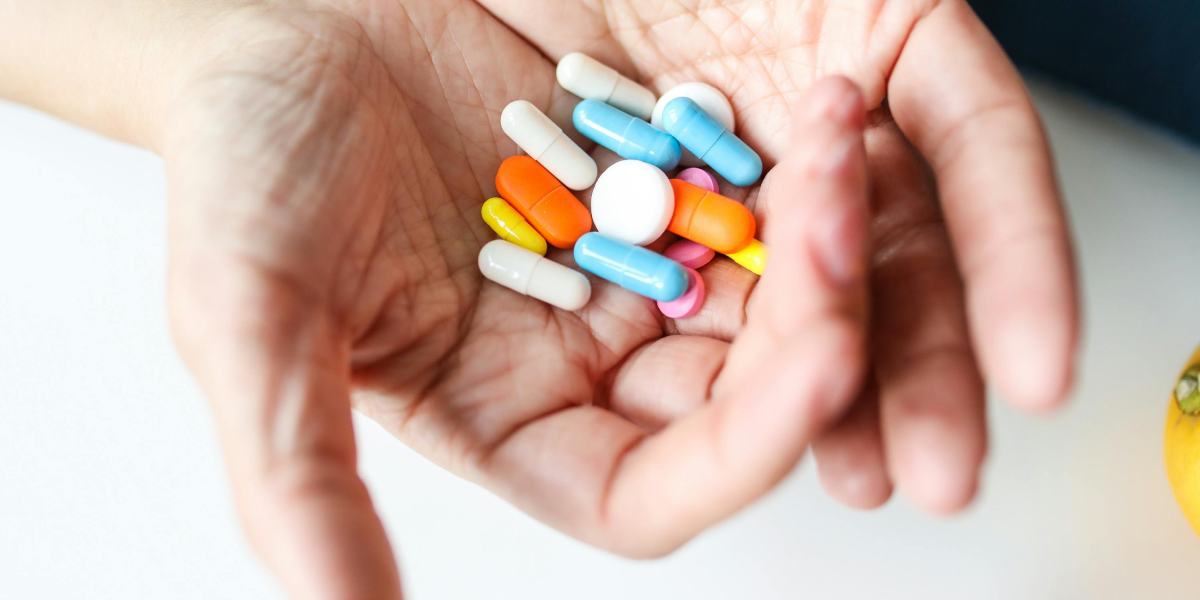The Central Drugs Standard Control Organisation (CDSCO) recently identified 71 medications as "spurious" or "not of standard quality" (NSQ), including essential antibiotics and diabetes medications. Consumers must learn to verify medication safety to avoid counterfeit drugs
Published Oct 27, 2024 | 8:00 AM ⚊ Updated Oct 27, 2024 | 1:29 PM

How to identify if your medications are safe
The Central Drugs Standard Control Organisation (CDSCO) recently flagged 71 medications as either “spurious” or “not of standard quality” (NSQ), including essential drugs like antibiotics, cough syrups, diabetes medications, and blood pressure pills.
Among these, some were popular brands like gastric medications and antibiotics, found to be ineffective or even harmful. With such findings, it’s crucial for consumers to know how to verify the safety and authenticity of their medications to avoid counterfeit or substandard drugs.
Spurious Drugs: These are counterfeit medications designed to mimic legitimate brands, often with incorrect or missing active ingredients, which may pose serious health risks. Common examples include brand imitations of well-known medications like Glenmark’s Telmisartan and Sun Pharma’s Pantoprazole, which were found to lack any connection to the original manufacturers.
NSQ Drugs: NSQ (Not of Standard Quality) drugs fail regulatory quality checks, often due to issues like incorrect dosages, poor dissolution rates, or inaccurate labelling. While not always immediately harmful, NSQ drugs can lead to ineffective treatment.
Here is the link: https://cdsco.gov.in/opencms/opencms/en/Notifications/Alerts/
(Edited by Ananya Rao)
